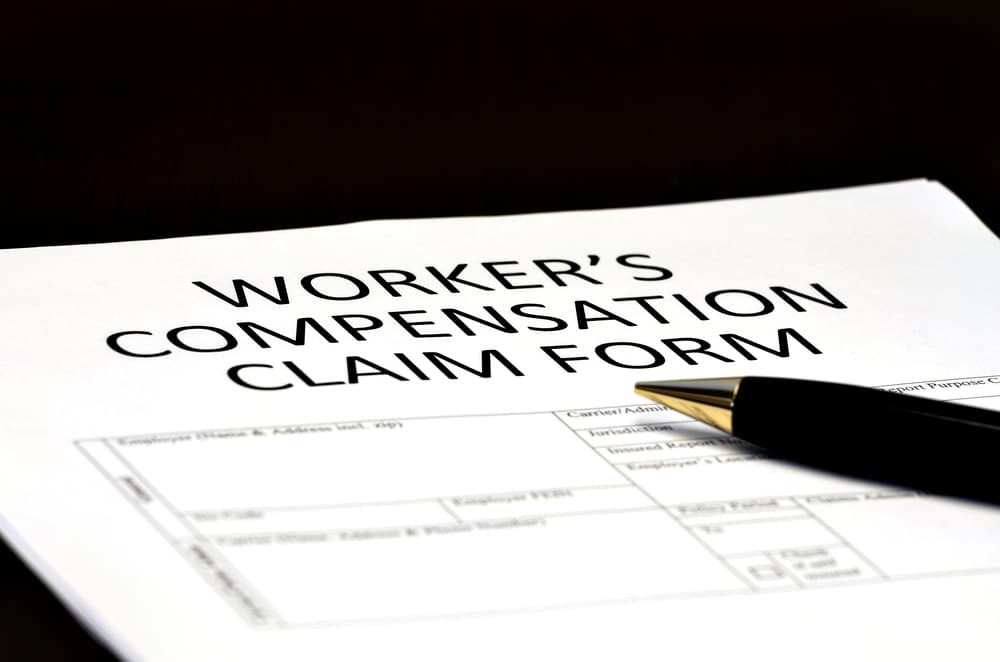Workers’ compensation claims are often complex, and the process can be confusing for those involved. Notably, determining when workers’ compensation covers an injury or illness can be challenging, but is nevertheless important to understand.
Although the workers’ compensation claims adjuster will most likely determine compensability, employers must understand the differences in the types of injuries or illnesses that are considered work-related. Not only does understanding what injuries or illnesses are covered by workers’ compensation insurance help employers remain informed, but it also drives their risk management practices and allows them to put safeguards in place—reducing work-related injuries, illnesses and workers’ compensation costs in the process. To learn what to do if your employee refuses workers’ compensation treatment, click here.
Sometimes, these claims are preventable, and it’s good to familiarize yourself with the most common injuries and most frequently cited OSHA standards in your industry. To learn the most frequently cited OSHA standards of 2020, click here.
Specific Injuries
Specific injuries occur when an accident or incident directly causes an injury. For example, a specific injury occurs when a person drops a hammer on their foot and suffers a foot contusion. This is a specific injury because there was a specific cause for the injury that occurred.
Normally, specific injuries are straightforward claims that are covered by workers’ compensation insurance.
Cumulative Injuries
A cumulative injury is an injury that occurs over time. These injuries are referred to differently in different states. Some other common names for cumulative injuries include:
- Repetitive injuries
- Overuse injuries
- Musculoskeletal disorders
- Gillette injuries
Cumulative injuries are attributed to wear and tear on an employee’s body and often occur when a worker completes the same movements repeatedly as part of their job. Job tasks that can cause cumulative injuries include:
- Performing assembly line work
- Lifting
- Climbing
- Painting
- Typing
- Completing tool operations
These injuries can all be exacerbated by age, stress levels and physical conditioning. Employers should review their employees’ job tasks to see if any of them necessitate repetitive motions. Should cumulative injury exposures exist in a task, the employer should explore alternative methods for completing the job. This not only helps reduce the risk of an injury, but it can also help prevent aggravating a preexisting injury.
Occupational Illnesses
Occupational illnesses develop due to an exposure in the workplace, including, but not limited to, chemicals, airborne agents, substances or workplace noise. Some specific examples of occupational illnesses include:
- Skin diseases or disorders
- Respiratory conditions
- Poisoning
- Hearing loss
- Heatstroke
- Frostbite
- Radiation exposure
- Bloodborne pathogens
The exposure must occur at work for the condition to be considered work-related. According to the Occupational Health and Safety Administration (OSHA), if an illness was caused by a nonwork-related exposure or an exposure that occurred outside the work environment, the illness is considered a preexisting condition. It would not be considered a workers’ compensation illness.
Mental Health Claims
Mental health workers’ compensation claims are normally very complex, and states vary on whether they will cover them. While different mental health claims can be filed, they are hard to prove. These include claims for post-traumatic stress disorder (PTSD) and mental health injuries (e.g., anxiety, stress or depression).
To claim these types of injuries, an employee must establish a link between the workplace factors that caused the mental stress and the mental stress claim. There would have to be proof that the injury came specifically from the workplace factors and not anything of a personal nature.
Different states allow PTSD claims in different ways. Some states will cover PTSD claims that occurred without a physical injury. Other states only allow a PTSD claim when there a work-related injury led to the PTSD.
Some states do not recognize any types of mental health injuries. Other states cover mental health injuries if there is a:
- Work-related physical injury that later causes a mental injury; or
- Mental injury that causes a physical work injury.
Employers should also be aware that some occupations can claim mental health workers’ compensation claims while others do not. In some states, the following occupations can claim a PTSD claim or mental health injury claim without an injury:
- First responders
- Firefighters
- Police officers
- Correctional officers
To determine if your state covers any type of mental health claims, check with your human resources department or insurance provider, or research your state’s workers’ compensation laws.
Aggravations or Accelerations
Workers’ compensation coverage varies for aggravation or acceleration injuries in different states:
- Aggravations are preexisting injuries that become irritated and symptoms worsen. For example, say an employee has a history of shoulder issues. While they have not experienced any symptoms for some time, they have recently had to lift products over their head as part of their job. As a result, the worker’s shoulder starts to bother them again. In this scenario, a job task aggravated a preexisting injury.
- Acceleration is essentially the same as aggravation. However, with acceleration, the symptoms of an injury worsen permanently, not temporarily. Essentially, with acceleration, a job task causes a preexisting injury to become a permanent one.
Aggravations and accelerations are tricky injuries as they involve preexisting conditions. It’s important to work with the claims adjuster in determining the compensability of these claims.
Take the Next Step
Workers’ compensation injuries and the subsequent claims handling process can be complex. For more tips on how to control your workers’ compensation costs, click here. For assistance, contact us using the form below to discuss all of your workers’ compensation needs. Be sure to like us on Facebook and follow us on LinkedIn for more news and industry tips.

